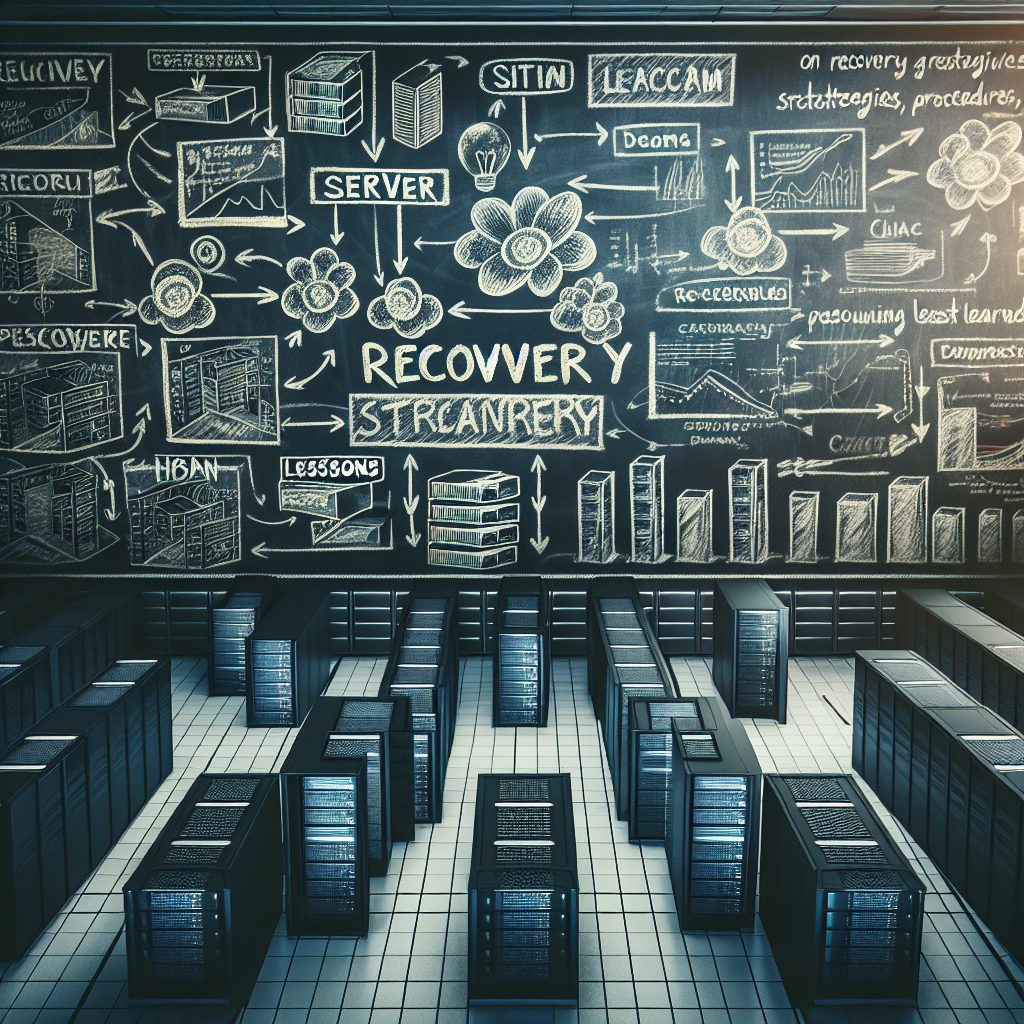Data centers play a crucial role in the operations of businesses and organizations, housing their critical data and applications. However, disasters can strike at any time, posing a significant threat to the continuity of operations. It is essential for data centers to have a robust disaster recovery plan in place to ensure that they can quickly recover from any unexpected events.
Real-world incidents have taught us valuable lessons about the importance of data center disaster recovery. One such incident occurred in 2011 when a massive earthquake and tsunami hit Japan, causing widespread destruction and power outages. Several data centers in the affected areas were damaged, leading to data loss and downtime for businesses. This incident highlighted the need for data centers to have geographically dispersed backup facilities to ensure business continuity in the event of a disaster.
Another important lesson learned from real-world incidents is the importance of regular testing and updating of disaster recovery plans. In 2017, a major ransomware attack known as WannaCry infected thousands of computers worldwide, including those in several data centers. Many organizations were caught off guard and struggled to recover their data and systems. This incident underscored the importance of regularly testing and updating disaster recovery plans to ensure that they are effective in the face of evolving threats.
In addition, real-world incidents have shown the importance of having redundant systems and backups in place to minimize downtime and data loss. In 2018, a fire broke out at a data center in Europe, causing extensive damage to the facility and its equipment. Fortunately, the data center had redundant systems and backups in place, allowing them to quickly recover their data and resume operations. This incident highlighted the importance of investing in redundant systems and backups to safeguard against potential disasters.
Furthermore, real-world incidents have emphasized the importance of communication and collaboration in the face of a disaster. In 2020, the COVID-19 pandemic forced many organizations to transition to remote work, putting a strain on data centers and their disaster recovery plans. This incident highlighted the need for data centers to have clear communication protocols in place to ensure that all stakeholders are informed and coordinated during a crisis.
In conclusion, data center disaster recovery is a critical component of business continuity planning. Real-world incidents have taught us valuable lessons about the importance of geographically dispersed backup facilities, regular testing and updating of disaster recovery plans, redundant systems and backups, and effective communication and collaboration. By learning from these incidents and implementing best practices, data centers can ensure that they are prepared to recover quickly and effectively from any disaster.


Leave a Reply